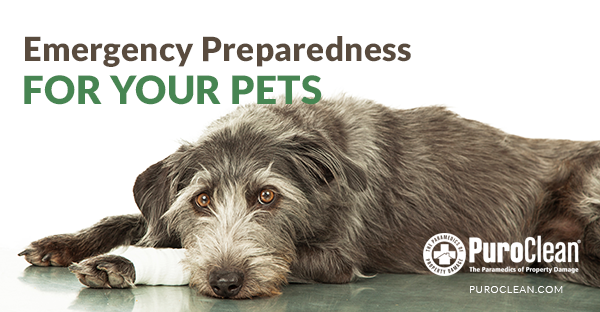Traveling in extreme winter weather can be very dangerous. The freezing temperatures, snow, and ice are very demanding on cars, drivers, and passengers. Unless you live in an area that is warm all year, you should prepare your car for freezing temperatures, snow, and ice. Here are key winter driving safety tips you need to know.
Winter driving safety tips
Maintenance and Preparedness Tips
- Plan your trip carefully. Listen to forecasts, road reports and storm warnings. Allow time in your schedule for bad weather and/or traffic delays.
- Create a car emergency kit for wintertime. Include at least a flashlight, blanket, snow/ice scraper, and sand or salt.
- Keep your gas tank at least half full to prevent fuel line freeze-up. Fill your gas tank before parking your vehicle for lengthy periods.
- Be aware of your vehicle’s winter weather operating features. Front-wheel-drive vehicles generally handle better than rear-wheel vehicles on slippery roads because the weight of the engine is on the drive wheels, improving traction.
- Tell someone where you are going and the route you will take. Report your safe arrival. If you stall or get stuck, tie a colored banner (make sure you have one in your winter survival kit) to your antenna or hang it out a window. At night, remove the cover from your dome light and turn the light on. Road crews or rescue units can see a small glow at a considerable distance. To reduce battery drain, use emergency flashers only if you hear approaching vehicles. Keep one person on watch; don’t let everyone rest at the same time.
- Dress appropriately. Pack extra scarves and mittens instead of turning the heat too high. It’s much better to be cold and awake than comfortably warm and sleepy.
- Don’t run the engine unless you are sure the exhaust pipe is free of snow. Keep snow off the radiator to prevent the engine from overheating. Wet or wind-driven snow can plug your vehicle’s exhaust system and cause deadly carbon monoxide gas to enter your vehicle.
How to prepare your vehicle for winter driving conditions:
- Get a tune-up.
- Check the battery levels in your vehicle.
- Buy snow tires or chains for the tires, as your travel requires.
- Make sure your tires are not worn, are properly inflated, and have enough tread.
- Ensure the battery is in proper condition to power up your car during freezing weather.
- Examine the car’s charging system.
- Install fresh coolant before temperatures drop and keep your engine coolant system in the right proportion.
- Check the windshield wipers and replace those that are worn or hardened.
- Equip your car with good wiper blades.
- Before you leave, clean frost and snow off all windows, mirrors, lights, and reflectors.
- Use windshield washer fluid that has antifreeze in it. Keep an ample supply of this fluid in your car.
- Make sure your heater system and the window defroster are functioning properly.
- Have your brakes serviced and checked for wear. Good brakes are especially important while driving on ice or snow.
- Use winter-grade oil that facilitates starting the vehicle. When the temperature falls below zero, use lower viscosity oil, like a 10-weight.
Tips to Drive Safely in Freezing Weather
- When you first start your car, accelerate carefully to test wheel-spin and brake gently to test skidding. Use the accelerator and brakes slowly to maintain control of your vehicle. Fast acceleration can make wheels spin on ice and snow. Brake with a gentle pumping action. Stepping too hard on the pedal can lock the brakes and cause loss of steering control.
- Leave a braking distance between you and the driver in front of you up to nine times greater than usual when driving on snowy, icy surfaces than on dry roads.
- Drive with extreme caution on bridges and overpasses during freezing temperatures. Bridge temperatures can be 5-6 degrees colder than roadways; they can become slick and icy before roads.
- In an emergency, you can intentionally steer your car off the road and into a snowbank. You may get stuck, but you’ll avoid a crash.
- Another winter driving safety tip is to not turn on the heat too high; increased heat can make you drowsy. Instead, dress appropriately — wear extra scarves or mittens if you must.
- Since roads are slippery in winter, remember to drive slowly and avoid hard braking, fast turns, and quick acceleration.
- If your vehicle gets in a spin:
- For Anti-lock Braking System (ABS) brakes, be sure to STOMP — firmly depress the brake pedal. STAY on the brakes — do not pump the brakes. STEER where you want the vehicle to go.
- If your car does not have ABS brakes — gently pump the brakes to stop the vehicle. Take any corrective action gradually in order to maintain full control of the vehicle. Refer to the vehicle operations manual for proper methods to correct skids.
Contact PuroClean for Restoration Services This Winter
Driving becomes more dangerous in winter also due to shorter days. More darkness means an increased risk of experiencing an accident. For more winter driving safety tips, check out our night driving safety rules. For professional fire, water, and mold restoration services, contact your local PuroClean office.




 PuroClean of Tuscaloosa
PuroClean of Tuscaloosa